It is way past sunset and we are stuck in Shillong’s traffic. Sitting in the i20, I’m thankful for the car’s compact exterior dimensions and light controls – this kind of tight traffic through narrow lanes is exactly what you don’t need at the end of a long day and the car helps ease some of that pain. I’d done this drive eons ago in a then-brand-new Santro and shared some brilliant moments with my cousin during the drive. We drove this way to attend a music festival – and back then, it was a different story. The drive from the capital of Assam to the capital of Meghalaya wasn’t anything like it is now. Today, this road is a four-lane highway that anyone with an ounce of petrol in his veins will treat like a racetrack for all the corners it has. We’ve raced up (responsibly, of course) in the i20 today but that drive is in sharp contrast to the slow-moving mess we are currently stuck in.
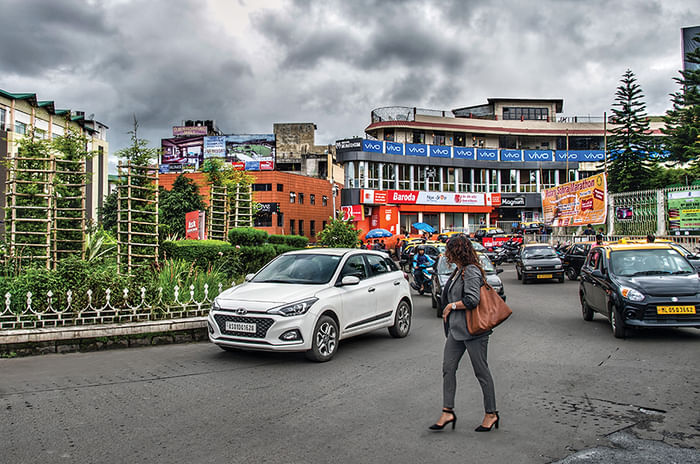
I learn that this heavy traffic is something you simply can’t get away from in Shillong – it is everywhere you go. I also learn that the other thing you cannot get away from here is music – it is everywhere. Every other person walking down the street is carrying some form of musical instrument, every other house has a back room where the windows are soundproofed with mattresses so the band can jam without disturbing the neighbours – and if you pay close attention, you’ll hear it wafting on the light breeze that blows through this town. It is why I am here – I want to find out why Shillong has been such a big hub for music in India.
Where did the music come from?
The next morning, I call on Rudy Wallang. He’s one of the founders of Shillong’s most successful blues and rock ‘n roll band – Soulmate. We are sitting in the band’s recording studio – and Rudy disagrees with me when I ask him why Shillong is the ‘rock’ capital of India. He tells me there’s a lot more to it. He says that with North-East India being a tribal society, the music’s always been there. He believes that if you look at the bigger picture – in terms of India as a whole and western music – the influence started sometime in the early 20th century. It came with the Christian missionaries that came to these parts and started teaching the local people English hymns. Rudy says that having music in their blood helped the tribals incorporate this new influence very easily.
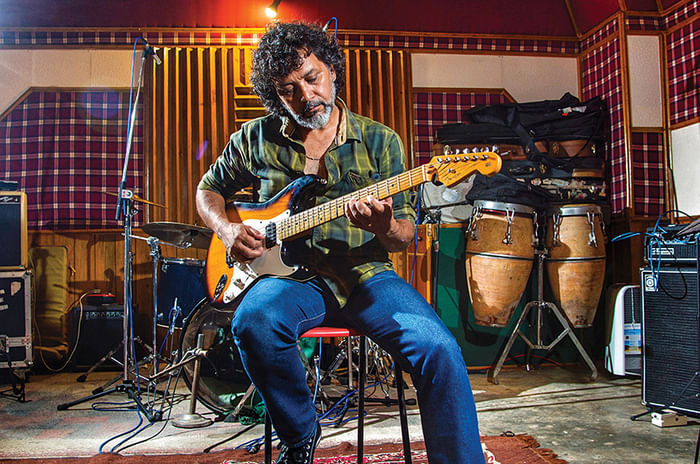
I ask him where he thinks the music scene in Shillong is going and he said, “The music is always going to be there. My dad was a musician before me and his father was a great songwriter. Those days they would sing on All India Radio because that was the only outlet. There were no recording studios in Shillong. Now we have a lot of studios here, in the North-East. Back then, we didn’t have phones to record anything on, so people would go to a concert, listen to the music, be there for the moment, absorb everything, go home, be inspired, pick up a guitar and try out stuff. I used to see my dad play and then I would go home and try it out.
The talent that we have nowadays, all over India – and even in Shillong – I would’ve never imagined young people, or myself, playing the way they play now – these kids are technically so good! So it’s just that we need more places to play and more support from parents. For me, it is very important to push children towards being more creative rather than just going the mundane way.”
A different kind of magic
Quick chat with Rudy done, I hop into the car, ready to almost rub shoulders with other cars. It is a short drive to Whispering Pines, the home of the Shillong Chamber Choir and I am heading there because I want to understand a different side of the music scene in Shillong. This choir is world-famous and award-winning and I manage to get there just as the 15 singers go through a practice session. I am gobsmacked by how arrestingly beautiful they sound.
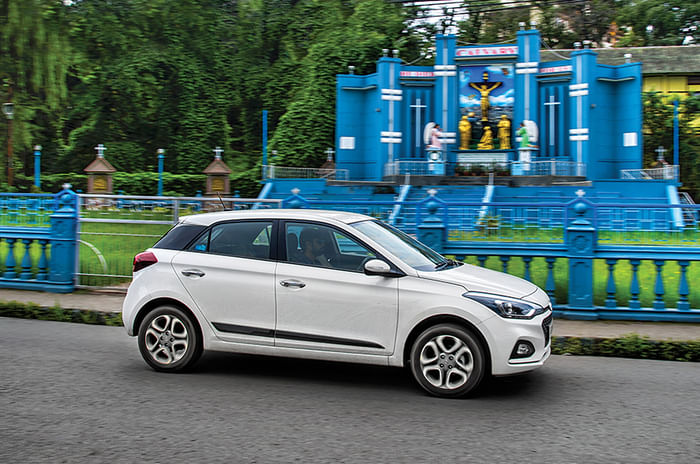
Later, William, one of the tenors, tells me they are a multi-genre choir known for their versatility. They do all kinds of music in one show, from opera to classical music to rock and jazz. He tells me that choir culture in Shillong and the North East, in general, is ingrained in the people. He says they sing in churches but that choirs are not only a church concept – it is a western classical concept. Rock music from Shillong is very well-known but because the choir’s inclination is very western, classical music is dear to them. He says the whole idea of the Shillong Chamber Choir came about when Neil Nongkynrih, founder of the choir, decided to start something that blended the choral beauty of western music to something local to see where it goes. That experiment back in 2001 has clearly taken the Choir a long way since. I ask him the secret to the Choir’s success and he says:
“It is commitment and dedication. If you’re here to ride on the fame and glory that’s already there, you will not last long because it takes a lot of dedication and a lot of commitment; and people think it can just happen like that. It’s working with one another, it’s learning to listen to one another, not only the singing but in daily life. Sometimes we’re on tour for months on end and you forget about family and everything else. Those are the sacrifices one has to make. So, in terms of talent, we are in a place where there’s abundance of it. Shillong is full of talent and wonderful voices but they need a mixture of so many other things in order to make it in this world of showbiz, which is scary and fickle. It’s not just the talent. It’s the person behind the talent, too.”
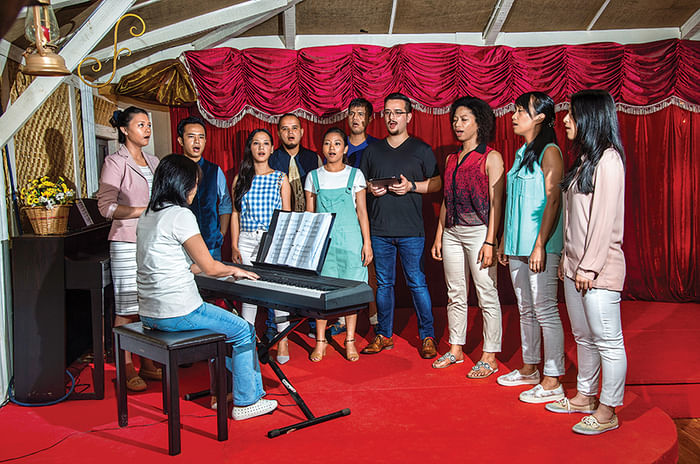
Peace train
I’ve already downloaded a Soulmate album onto my iPod and that’s what I stream over the i20’s lovely audio system for the next hour as we drive across town to meet the former home minister of Meghalaya, R. G. Lyngdon. Bob, as his friends call him, is the coolest ex-politician I’ve ever met. He used to play in a band called Mojo, back in the day. He tells me he’s a blues man and used music to bring about peace from the militancy that used to be rampant in these parts. Now I’ll just let Bob do the talking:
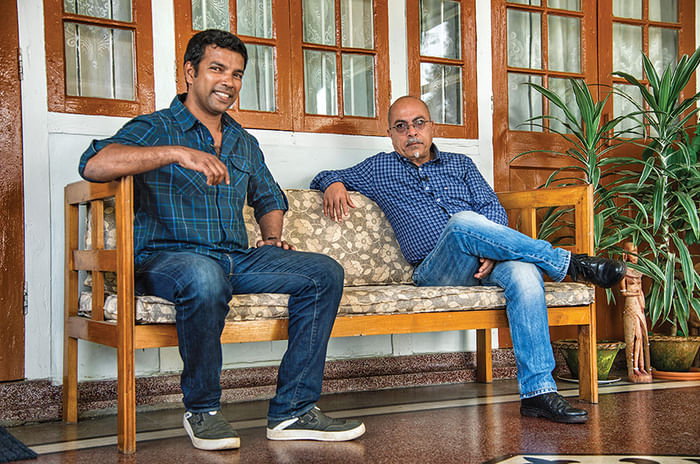
“Being a musician, you realise the power of music; and at that point of time when I was home minister, militancy was at its peak, fear ruled everything and we had what was known as bandh culture. Every national holiday – be it Republic day or Independence day – militants would call a bandh and that’s how a whole generation of kids associated these big days with bandhs. I thought if I was to actually tame militancy in the area, the first thing we would have to do was to break the bandh culture. If you do that, you break the fear culture. So it was Independence day 2004 and we were thinking how could we get people to come out of their houses and attend the Independence day celebrations down at Polo grounds. I said ‘why don’t we use music’ and everyone agreed. We said we’d get a good band to play. Unfortunately, the local bands, as well as bands from the country, were fearful of playing because of retaliation from the militants. We got in touch with an Australian band called Aphrodisiac – they’re a hip-hop band with a funky sound – and brought them in. They played at the Independence day parade and we had a crowd of about 15,000 down at the stadium – and that was the end of the bandh culture. After that, foreign bands started coming quite often to Shillong and after that, we became known as one of the places to visit for music.”

The song remains the same
I’m invited to the practice session of a band and I follow a WhatsApp location sent by one of the session’s musicians who is playing there. We turn up at a narrow lane, use the i20’s parking sensors and reverse camera to precision park. In a town where space is tight, you have to leave every inch of space available so other vehicles can pass by. We walk to a pretty house and follow the ever-increasing thump of a bass drum to a small room at the back. I open the door and am greeted by a small space stuffed with a drum kit, a synthesizer and posters of Pantera. Jerry, the owner of the place is a heavy metal drummer and a huge fan of the band. Before I can introduce myself though, a powerful voice starts singing and for the second time today, I’m blown away. Sara Lee has a powerhouse of a voice and all I can do is listen as she sings – this is no concert – the three of them have gotten together at Jerry’s house to simply play and have fun with music! It is the same when we go to Marqbac Studios in another part of Shillong. Hidden away in the ground floor of a nondescript house is an entire recording studio and today the band Phantasm is practising for a gig tomorrow. We stay late into the night listening to the band practice their set and what Rudy Wallang said earlier comes back to me:
“As a musician and as a performing artist, connecting with an audience is the most beautiful thing that can happen. And after we come home, after we’re done with the gig and people write to us, with how we made them feel – I think that is really more important than any money in the world.”
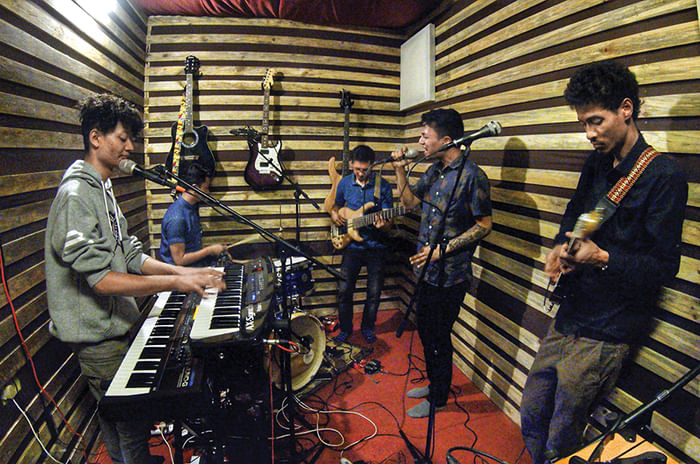
As I leave Shillong the next day playing all the new music I picked up along the way, I can’t help but think about the conversations and experiences of the past couple of days. I can’t help but think that to come up with a car like the one I am in now, the people behind it need to be creative, committed and dedicated. It also helps if they don’t stick to tried-and-tested methods. And I think that pretty much sums up what the i20 is about – a great mix of all of the above.




















































